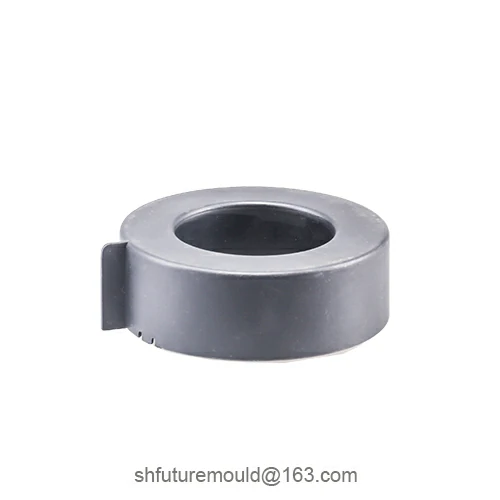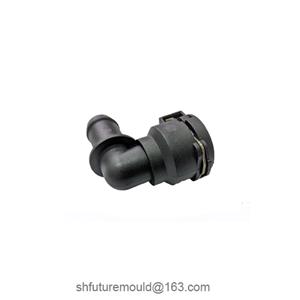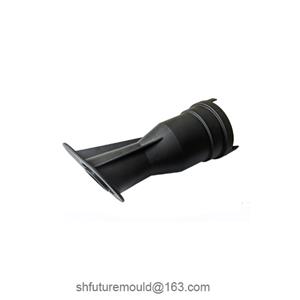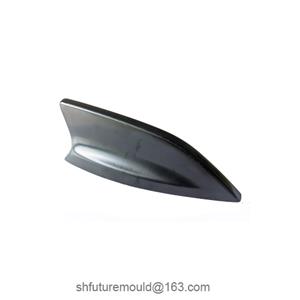What types of gates are used to process injection-molded parts?
The gate is a critical structure in the injection mold that connects the runner to the cavity, and its type directly affects the melt filling, molding quality, and post-processing efficiency.
Depending on structural and functional differences, gates can be classified into the following mainstream types:
1. Sprue Gate
Directly connects the main runner to the cavity, featuring a simple structure and low pressure loss, suitable for large thick-walled parts.
2. Edge Gate
Located at the edge of the parting surface, it is suitable for flat or box-like parts, easy to process and adjust.
Advantages: The gate size is controllable, the shear rate is moderate, and it is widely used.
3. Pin Gate
Feeds through a tiny pinhole, suitable for thin-walled parts with high appearance requirements, such as electronic product housings.
Characteristics: Automatically cuts off the gate, but requires a three-plate mold structure, resulting in higher mold costs.
4. Fan Gate
The gate width gradually expands, and the melt spreads out in a fan shape, which can reduce defects caused by uneven flow.
Applicable scenarios: Large flat parts or deep cavity products requiring uniform filling.
5. Submarine Gate
The gate is submerged below the parting surface and automatically cut off by the ejection system, combining the advantages of a pin gate without the need for a three-plate mold.
Limitations: Requires higher precision in mold machining.
- Injection Mold
- Automotive Injection Mold
- Electronics & Electrical Injection Mold
- Consumer Goods Injection Mold
- Airplane Components Injection Mold
- Medical Components Injection Mold
- Irrigation Components Injection Mold
- Injection Molds




